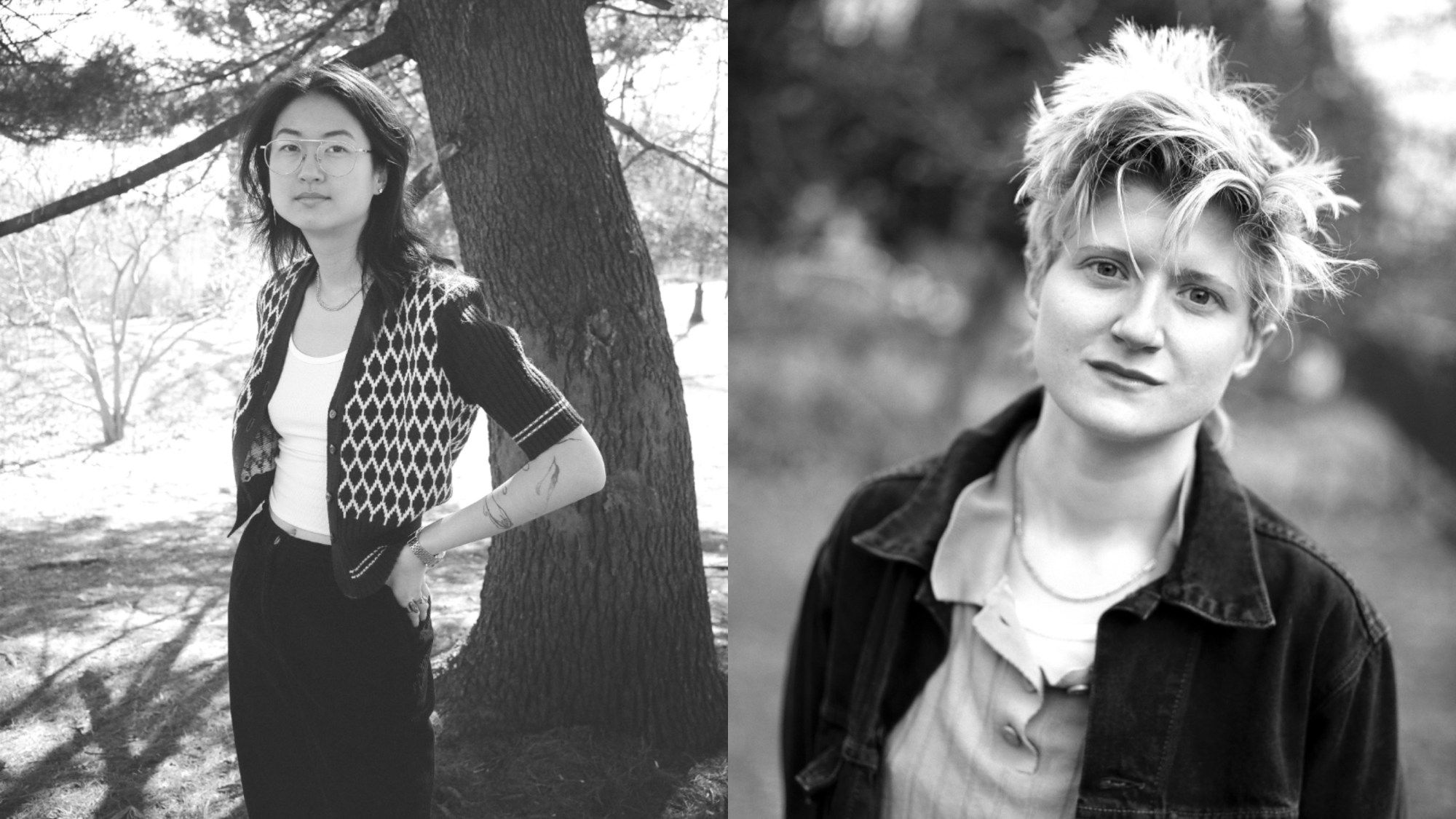In 2013, the French film Blue is the Warmest Color swept Cannes Film Festival and the hearts of queer folks around the world. At the time, most LGBTQ+ movies were underground and harder to find because of low marketing budgets or the fact that queer stories are less likely to make it to streaming services. In any case, most involved a femme-presenting woman married to a man, who begins an affair with a tempting and often more masculine-presenting lesbian (extra points if she’s a carpenter). Blue is the Warmest Color was heralded as a long-overdue cinematic representation of a physically, emotionally and sexually ravishing love affair between two women.
Yet a gray area exists within the movie. Primarily, during the seven-minute, music-less sex scene involving life-altering orgasms, erotic undulations and a nearly inconceivable first-time understanding of lesbian sex that left many LGBTQ+ folks thinking, Well, that’s not how I remember it. The scene is a departure from the images in Blue is the Warmest Color’s graphic novel, written by transfeminist Jul Maroh, where the queer character takes the lead. And since the film was directed by a straight cis-man and shot by another cis-man, the audience was left with a female story held and determined by the unwavering male gaze. We’re left to wonder how that sex scene could have been, had it been shot more accurately by a member of the queer community.
The reality is that nearly 10 years later, there still isn’t enough focus on hiring queer people to tell queer stories, which can sometimes make it difficult for young filmmakers to break into the industry. “A lot of the time, the hiring process is one straight white guy knowing another,” Hil Steadman, a New York-based Director of Photography, says. “But a lot would change about film if the right people were telling certain stories.”
Here, five New York-based DPs step in front of the camera to talk about what it’s like being behind it, why diversity matters in storytelling and the hardships they’ve faced in the film industry.
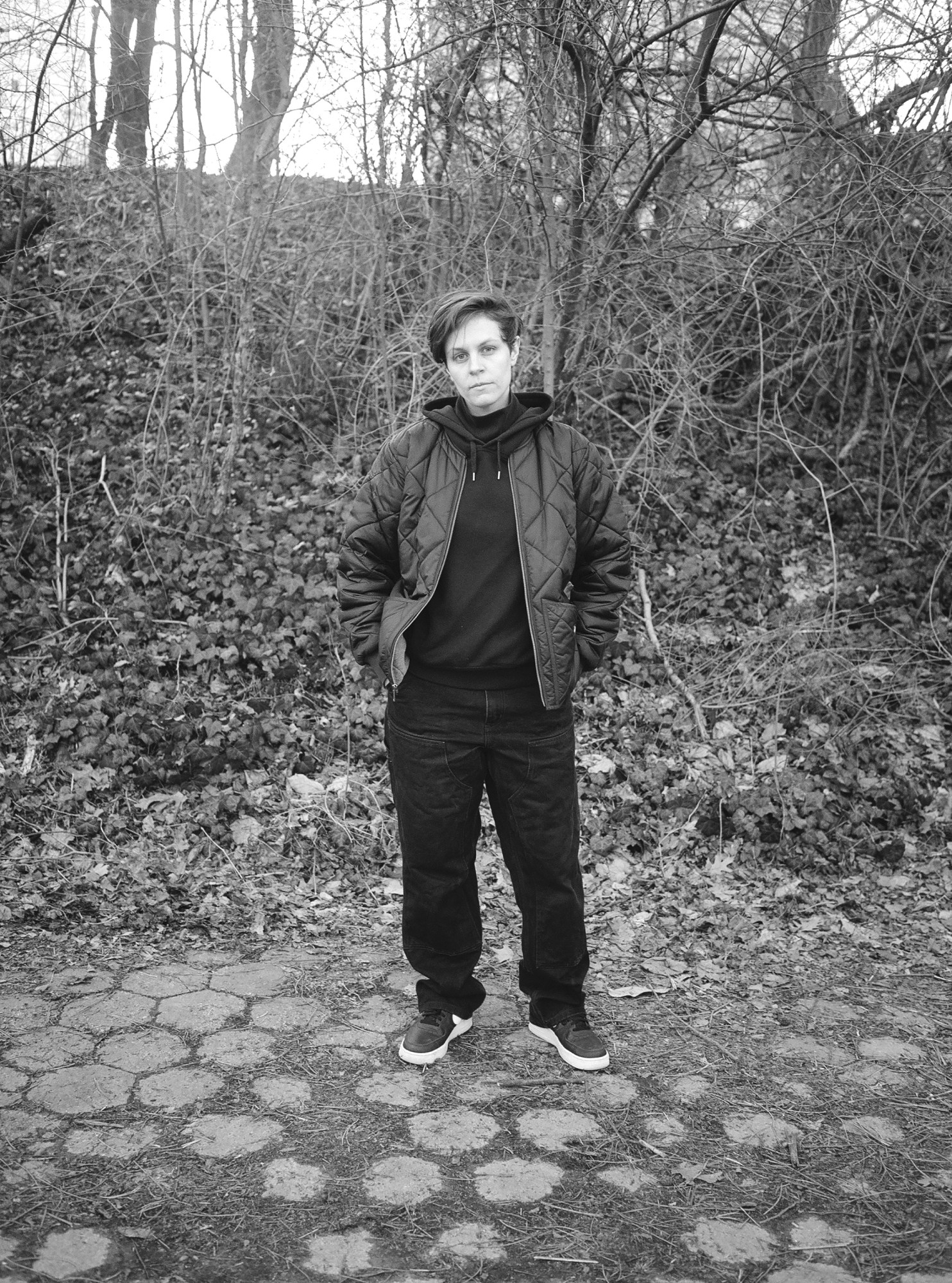
How did you break into the industry?
In school, I studied film and stills, but I could never decide which I wanted to focus on. Because of some life circumstances, I ended up focusing on photography, and that’s how I got into the industry in New York. But I pretty quickly switched back to motion.
A lot of people out there know generally what a DP does, but in your own words, what really goes into your job?
I feel like so much of my job is about being a really good communicator. It’s often about taking input from a director and translating that visually. Then you’re communicating that to your team, the gaffer, grip and different parts of the camera department. I really love that aspect of it. I love being on a team and being a leader on that team. Sometimes the information comes from visual references or trying to capture a feeling. I’m like, okay, well, what are the ways we could achieve that with light and camera movement in order to add to the story. It’s like a puzzle.
Cinematographers have a lot of influence on the way a story is depicted. Do you think it’s important to have more diversity behind the camera?
All I have to offer is my own perspective, right? So inevitably, as a queer person, I’m going to bring a certain sensitivity or perspective to any situation. My identity as a human is inextricably tied to what I do. Things I’ve seen in the world, the way I might light something, the way I might create intimacy in a scene. All are informed by who I am as a person, and I think as makers, that’s how you stand out, that’s what makes you different.
We all bring out own experiences to the table, so if you’re seeing stories told by a specific demographic over and over again, there’s no variety in perspective. It’s about accessibility, both to different storylines and who gets to tell those stories. More people need to be given the reins to tell their side of things.
What barriers have you faced in the industry?
I’m specific about the teams I work with because I want there to be trust and mutual respect on set. I have people that I work with and go back to over and over again because I know that trust and respect is there. I’ve come up against the lack of trust and respect in the past. I don’t know if it’s directly related to queerness. To be honest, I think it’s more about being an AFAB person in a cis-male world. When you’re on a job and there’s a lot to do, having to prove yourself on top of that is a distraction that I like to try to remove from the equation as much as possible.
Who influences your work?
I was really moved by a show Michelle Lawler shot. Before I knew she shot it, I looked up who the DP was and was even more moved because I was like, “Wow, this person looks like me.” I was actually able to meet with her and talk to her about the industry. Being able to reach across the aisle in the queer community is so special. I want there to be more of that.
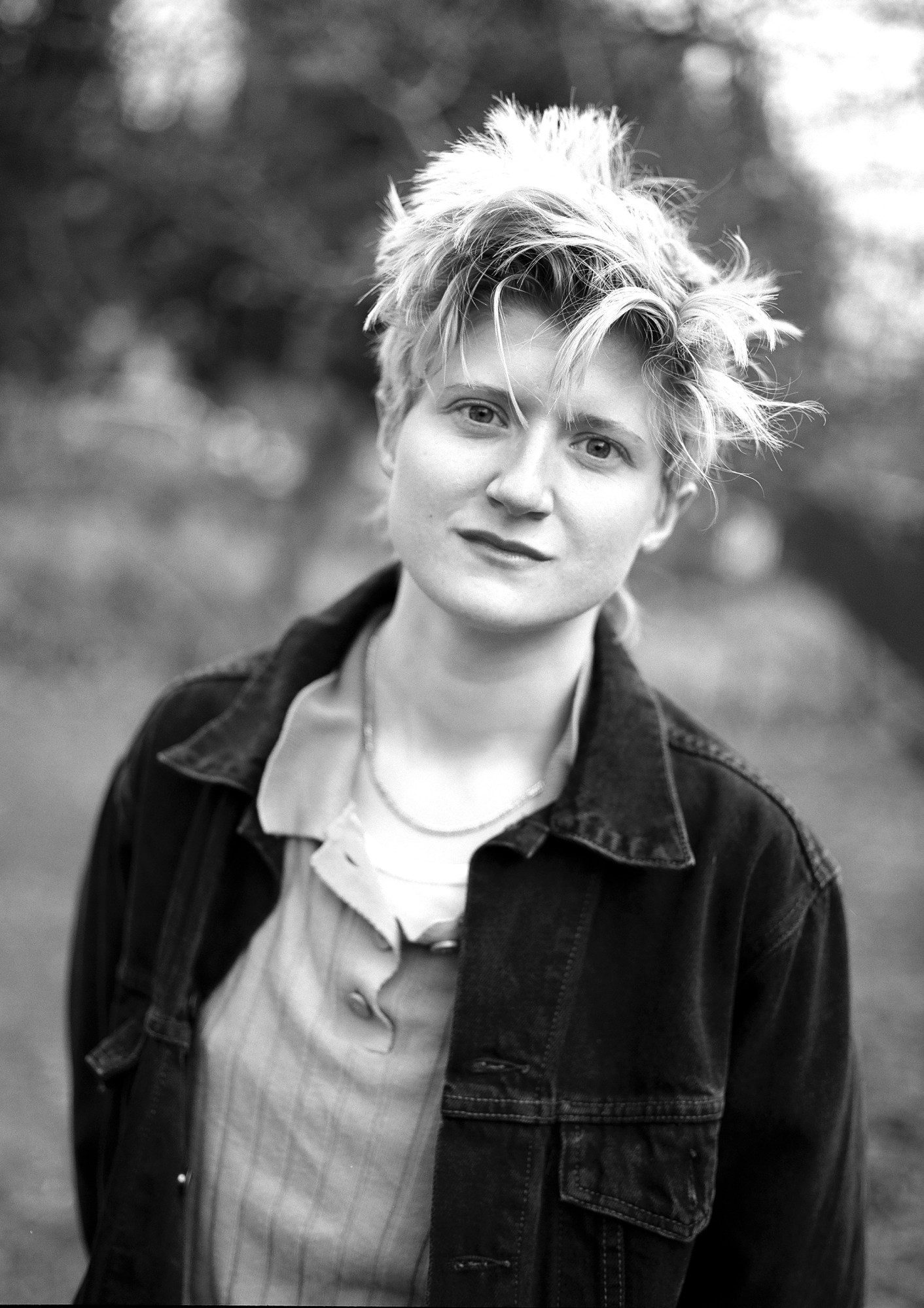
How did you break into the industry?
I worked on a set while I was in college, where I met people I started working with when I graduated. I eventually clawed my way into doing grip and electric with some people who thought I was funny and were willing to teach me stuff. Eventually, I switched to the camera department. I started shooting more and more, and then I stopped taking any jobs that were assisting and only took operator or DP jobs.
What really goes into your job?
The DP is there to realize the vision of the director, but depending on the director and the project that might look different each time. Sometimes, you’re dealing with a lot more set design. In some cases, the director and DP might be tag teaming those decisions. The mise-en-scene of a piece is really what it comes down to. What’s actually in front of the camera, and how we, as viewers, are delivered it. So, what camera, what lenses, how to light it, what colors, camera movement, all that stuff.
What barriers have you faced in the industry?
This is such a huge question. It’s a male dominated role in a male dominated industry. I’d say about a third of the time on set, there’s some man who really wants to doubt my ability to do my job. If you’re walking into a new set, you have to expect it. I like to keep some folks I trust somewhere on my team to remind me I’m capable, to be in each other’s corner. There can be really intense pressure felt to fall into some imposter syndrome energy.
Who influences your work?
I think my work is influenced by the people I work with who remind me I’m here for the right reasons. But sometimes I’ll see a film that knocks me on my ass, and that’s another reason to keep going. The most inspiring thing to me is a mixture of finding those films and speaking to other creators about what makes them absolutely fall dreadfully in love with the medium. Remembering that there’s no degree of obsession that’s too much. It’s ultimately about being granted the right to have your feelings and stories made bigger and relatable and inspiring. The audacity to relate with love.
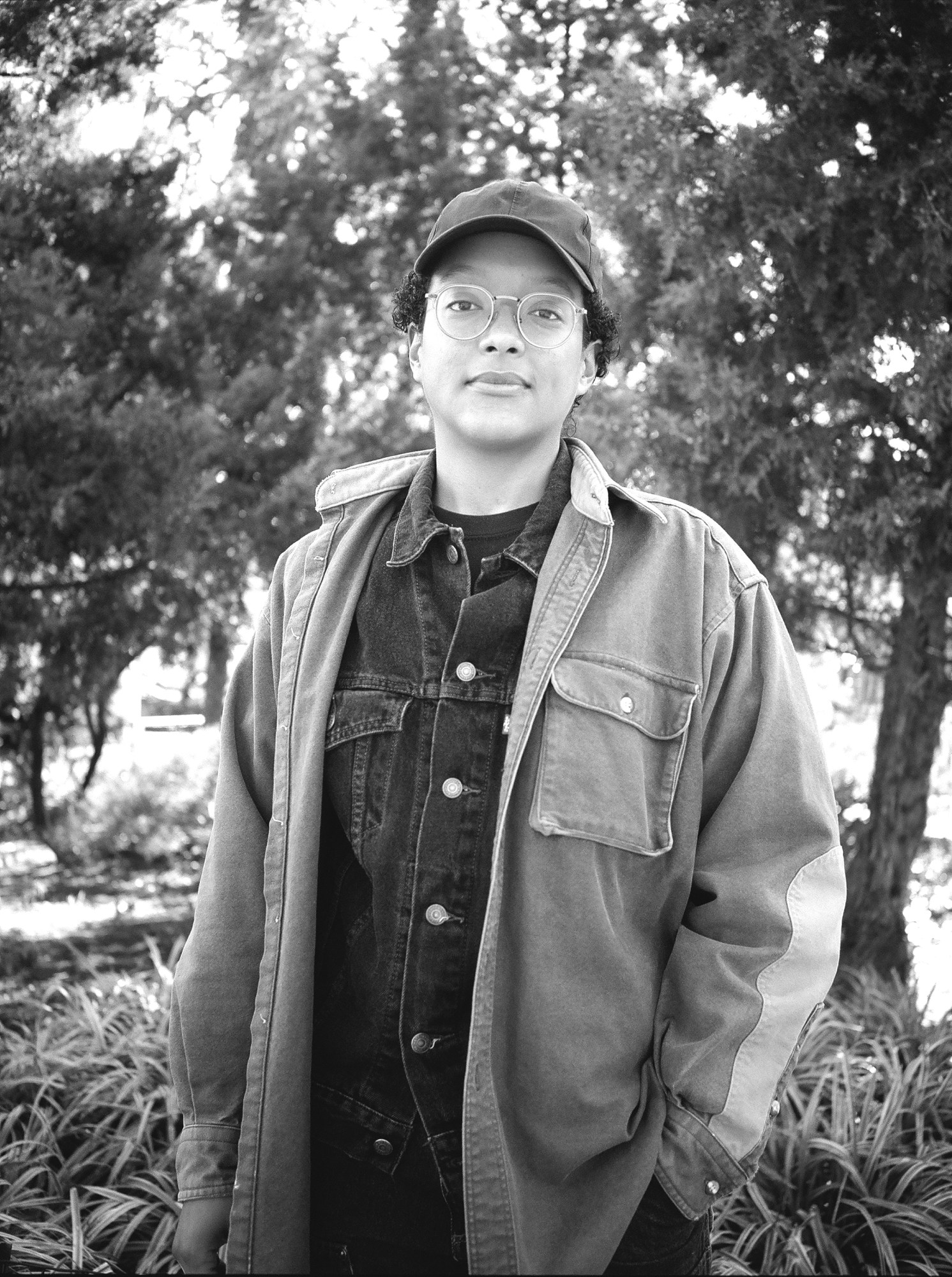
How did you break into the industry?
Through college, I worked in media-related jobs or internships, but I was originally a psychology major. I wanted to do film, but it didn’t seem like a safe bet for my major. I worked at NYU’s Production Center at Tisch, which is basically an equipment room. That’s where I learned everything. They really gave me a shot because I didn’t know anything about media. I just knew that I wanted to be a part of it somehow. So I worked there for two or three years in college, got an internship at VICE and I’ve been here since.
What really goes into your job?
I still feel very much like a newbie at all of this. I guess, what would I say? I make things look pretty. I could get technical, but that’s really the crux of it.
Cinematographers have a lot of influence on the way a story is depicted. Do you think it’s important to have more diversity behind the camera?
I notice talent of color relax way more when they see that I’m behind the camera. I work for Noisey, and it’s an all Black crew. The subjects really relax and can be themselves more. Even if I’m working on a different project, and I’m the one person of color on set and they see me, there’s just some type of camaraderie. I’ve had people come up to me and say, “This is so cool. I’ve never had a Black DP.” And these are grown people, artists who have gone through it, been interviewed plenty of times.
Beyond that, I think there’s a varying perspective on how you capture things, too. Everyone has a different touch.
What barriers have you faced in the industry?
I shot a few Black Lives Matter protests a few years ago. Just being a Black person in that type of setting is intense, all that energy in the air. Trump protesters were there, throwing things. There were explosions. Amidst all that, I heard so many micro-aggressions from folks I was with. Just blatant disregard to how things would impact me. I know maybe they weren’t trying to be malicious, but I know they weren’t thinking about who was around them either. It was probably the most stressed out I’ve been in my life.
I learned about my threshold for going into intense situations. I don’t feel like I’m capable of worrying for my safety while working.
Who influences your work?
I know this is not a great answer for a queer Black cinematographer, but Christopher Nolan… I love that guy. Of course I choose the most privileged guy, but he’s fucking good at his job. Insecure, also. The DPs who shoot that. That’s such a freakin’ good show.

How did you break into the industry?
I went to this small alternative high school in Manhattan with a shoestring film and video program. I saw the kids working with the first cameras that the school had, and I was like, “I want to do that.” I took that first class and immediately fell in love. The teachers who were running the program saw how committed I was to pursuing it, and one of them put in a good word for me to an indie director they knew. So I started working as an unpaid production assistant on an indie feature when I was 17. It was a brutal, eye-opening experience. You know, 15 hour days. Every summer until I got into college, I was working on indie projects. From there, I went to Brooklyn College, where I networked with some veterans and worked my way into the camera department on sets. I’ve been here ever since.
What really goes into your job?
Anything having to do with lighting and camera. But to flesh it out more, the aspect of storytelling in film has always spoken to me. Imagery and the way you construct that image is one piece of the larger pie. There’s a lot of interesting ways that you can work with shot composition to help elevate a piece or on-screen performances… I’m just one of the tools in the toolbox to help tell that story.
With how much a DP influences the way a story is depicted, do you think it’s important to have more diversity behind the camera?
Bradford Young’s biggest piece of advice is, “Don’t forget who you are and where you came from.” We all have a unique story to tell… take When They See Us (DP: Bradford Young). That was shot by somebody who was able to identify with and understand that trauma from an insider’s perspective, which helped create powerful imagery with which to tell that story.
As we see more people with diverse voices get the chance to tell their different, yet universal stories, we start to see the benefits of diversifying behind the camera. On the basis of race, of gender identity, sexual identity — any of the things that make us different, special, the things that make us uniquely us, those are all things that contribute to effective storytelling. That diversity enables us to have conversations, to make cultural shifts.
What barriers have you faced in the industry?
I consider myself very fortunate. Film is really based on connections. I’ve been lucky enough to cultivate a lot of those. But there’s always this feeling of, “I’ve gotten to where I am now, but I wish I could go further.” That’s something that I’ve battled for awhile.
The things that make me “diverse,” being Black, being bisexual, I wouldn’t say those things hindered my progress. That is to say, not to my knowledge. ‘Cause the industry’s often freelance, people don’t really know what you look like until you show up. At that point, you’re already hired. I think that’s worked to my advantage in a number of ways. I’m also a light-skinned individual, so people may not have the same immediate response when they see me as they might to a dark individual. But even if I don’t feel that my Blackness has prevented me from getting work, I don’t mean to say that race isn’t an issue. That’s very much not the case. Since I have been lucky enough to make this career for myself, it’s enabled me to bring on more diverse individuals.
What’s something you’d want to tell your younger self, or someone else just starting out in the industry?
Just get out and shoot. Once upon a time, “Get out and shoot” felt disingenuous because it felt like there was more of a barrier within the industry. But these days, especially with the advent of digital filmmaking, things are much more accessible. We can shoot on our phones or access education that we need from various YouTube channels.

How did you break into the industry?
I had a love for cameras at a young age. My dad always had camcorders and point-and-shoots around the house. As a middle schooler, I would take home videos around the house with friends. In high school, I started learning how to use DSLRs, and my dad got me one in college when I was studying photojournalism. When I graduated there was a pivot happening in media to video and motion content, and I wanted to be a part of that. From there, I got into narrative work, too.
What really goes into your job?
We’re bringing a story’s vision to life in a technical sense. We’re choosing the cameras, the lenses, trying to figure out what lighting works with which locations. Then we’re taking those aspects and making sure they bring about a certain feeling. That also involves the energy on set. Since we’re in charge of the camera and lighting departments, we sometimes have the ability to choose who else gets hired. The vibes on set can really enhance a piece, from how the story gets depicted to how we felt making it.
With how much a DP influences the way a story is depicted, do you think it’s important to have more diversity behind the camera?
My cultural background shapes the way I view the world. So as DP, it affects every aspect of how I perceive and visualize the story. When we have cis straight men telling stories about queer women, for example, it just isn’t going to be the same as a queer woman telling those same stories. We’re not seeing those narratives and experiences through the lens of a queer woman.
Hollywood has profited off of stories about people from marginalized communities without those people at the table… I hope one day we get to a point where having a diverse cast or crew isn’t thought about as a quota. Folks of color or queerness shouldn’t be tokenized for simply looking different from the rest of the crew, and valued for the skills and experience they have.
What barriers have you faced in the industry?
I expected to face a lot of sexism in the industry, but because my network happens to look or feel similar to me, there’s a sense of safety and respect. I get to choose who gets hired on set, and I try and pull a lot of POC and queer folks, which is how I get hired, too. Though, I know men have been hired over me. Camera equipment is heavy, and since I’m a smaller woman, it’s assumed that a man might be better suited for certain jobs. On the flip, I’ve also clearly been a diversity hire before, which has its own negative feelings.
What’s something you’d want to tell your younger self, or someone else just starting out in the industry?
Find your community. Work with people who know and appreciate your work. Don’t just network with those “above” you, or those who have the career you want. Network with your peers who will have your back, so you can rise up together with mutual support. Great things happen when we work together.
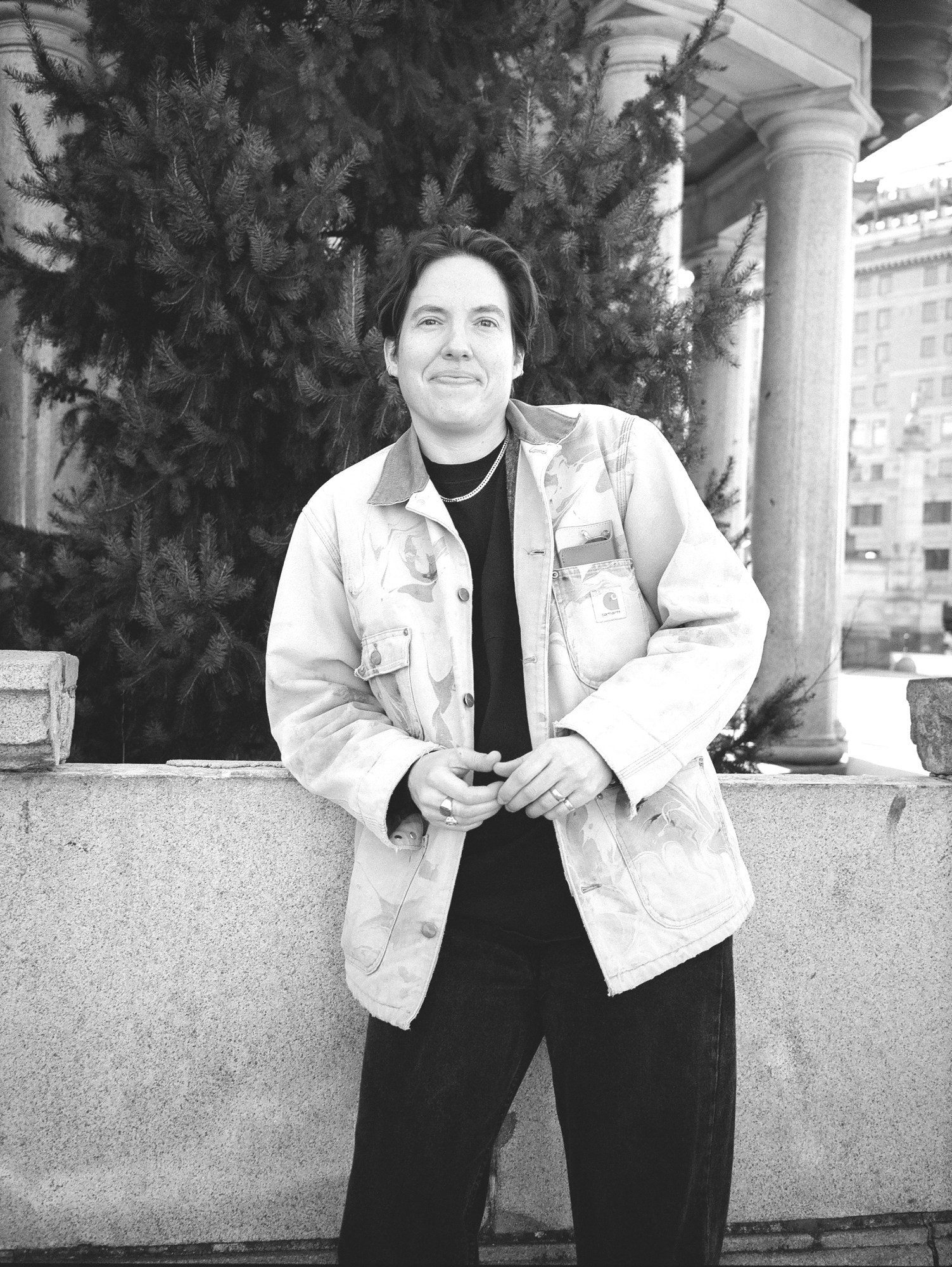
How did you break into the industry?
I’m a freelance cinematographer and professor at RISD. I graduated from RISD right before the market crash. I honestly didn’t know what to do with myself. I had studied live action, and at the time, the department faculty was mostly older white gentlemen who have since retired. Now, there’s more experimental filmmakers, documentarians and classes being taught on how to work on film sets, which is part of the reason I was hired there a few years ago.
But when I graduated I stayed in Providence for a year, went on Craigslist and worked on any gigs I could find that were actually on sets. I met some guys who taught me how to be a camera assistant on this feature that I worked on for free. I basically worked for free until I was like 26 and living in New York. For a long time, I didn’t know what I wanted to do. I thought I wanted to edit for a little, but that wasn’t right.
I tell my students this all the time, you need to find your way based on whatever interests you have. Eventually, I got tired of working on sets with guys who couldn’t even name one female director. I started working for myself and went freelance.
What do you love most about your job?
I love working closely with the director and being a part of the pre-production process. I like to read through the script, come up with a shot list and get more visually involved.
With how much a DP influences the way a story is depicted, do you think it’s important to have more diversity behind the camera?
Diversity is more important than anything in storytelling. I’m tired of seeing the same old stories by young white guys who are having romantic troubles or want to make an action movie filled with these classic cliches, stereotypes and tropes. I think people want new narratives. The whole point of filmmaking is to immerse yourself in other people’s lives to get out of your own head, right?
What barriers have you faced in the industry?
When I was younger, I used to think that if I was a dude and had more money and a better camera that I would get more work. But now that I’m older and like, basically trans, have this career, and am teaching, the only thing really stopping me is myself at this point. The thing that I love about being in New York is that there’s so many queer filmmakers here. That was the most important thing to me when I moved here. I had such bad experiences working on sets with dudes who only wanted to get me a job again if I dated or slept with them. That kind of vibe is just so terrible.
What’s something you’d want to tell your younger self, or someone else just starting out in the industry?
Tell your own stories. Don’t compromise or think that your stories aren’t worth it. Walk away from the sets that don’t feel good or safe – you can always find work with people and personalities that suit you more. And believe in yourself, make friends and work on projects that you have fun making. It should be fun.
Follow i-D on Instagram and TikTok for more film content.
Credits
Photography Rafael Martinez
